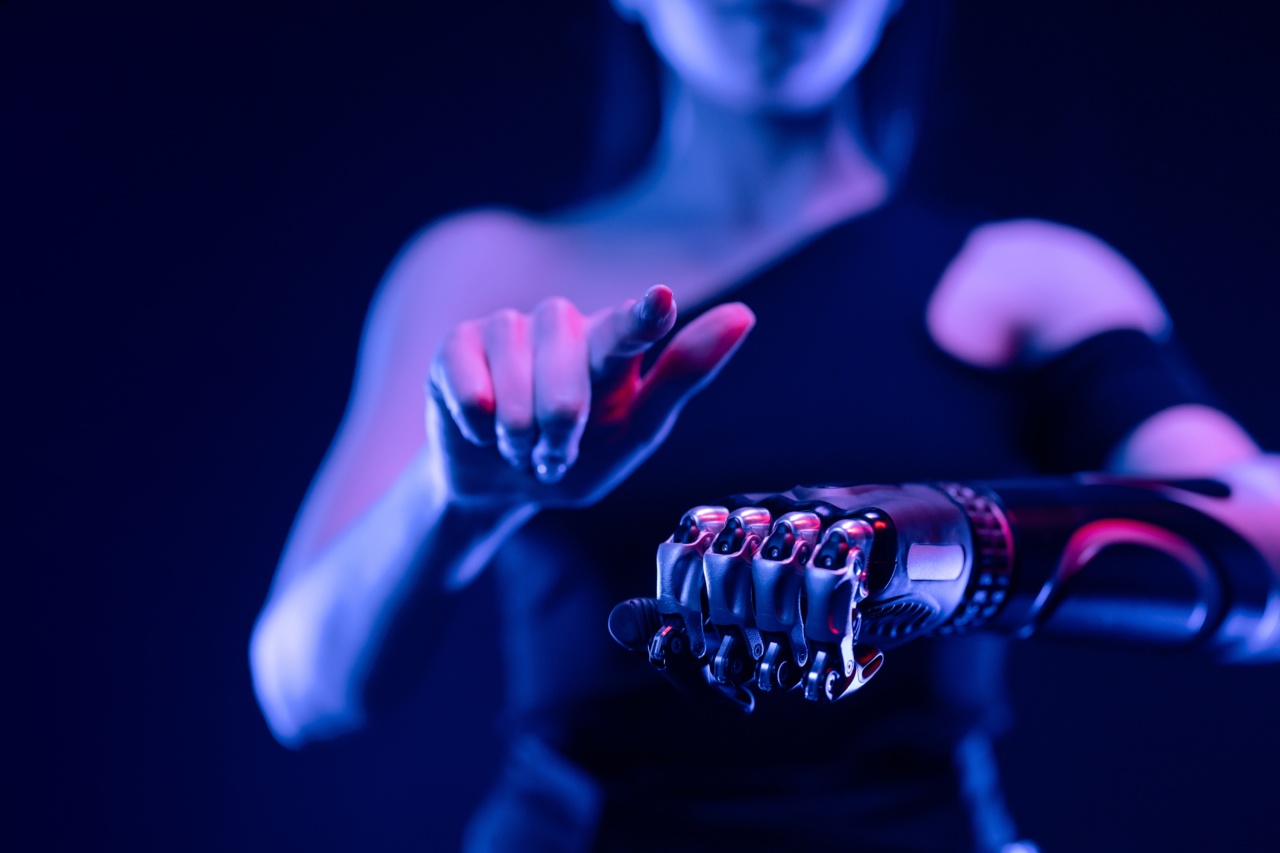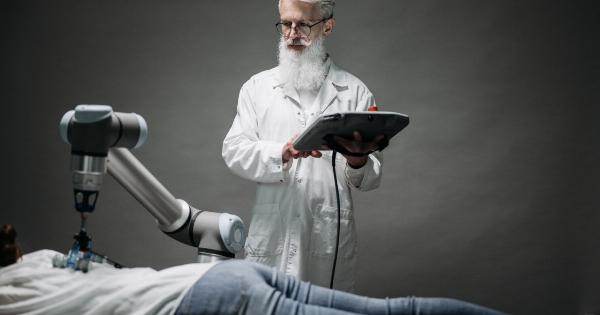Prosthetics have come a long way from the wooden peg legs and iron hands of the past. Today, robotic limbs are a reality, and scientists are constantly pushing the boundaries of what is possible.
One of the most exciting developments in prosthetics is the brain-powered robotic arm, which has the potential to revolutionize the lives of people with amputations. This article will take a closer look at this incredible technology, how it works, and what it could mean for the future of prosthetics.
What is a brain-powered robotic arm?
A brain-powered robotic arm is exactly what it sounds like: a robotic arm that is controlled by the user’s brain signals.
It works by using sensors that are implanted directly into the user’s brain, which pick up signals that are sent when the user thinks about moving their arm. These signals are then decoded by a computer and used to control the movements of the robotic arm. In this way, the user can control the arm as if it were their own.
How does it work?
The technology behind a brain-powered robotic arm is complex, but at its most basic level, it works like this:.
- The user is fitted with a sensor that is implanted into their brain. This sensor consists of tiny wires that are placed into the part of the brain that controls arm movement.
- When the user thinks about moving their arm, the sensor picks up the electrical signals that are sent by the brain.
- These signals are then sent to a computer, which decodes them and translates them into commands for the robotic arm.
- The robotic arm then moves in response to the user’s thoughts, allowing them to carry out tasks such as picking up objects, opening doors, or even playing a game of catch.
What are the benefits of a brain-powered robotic arm?
There are many potential benefits of a brain-powered robotic arm for people with amputations. For one thing, it can provide a much greater degree of control and precision than traditional prosthetics.
This is because the user can control the robotic arm directly, rather than having to rely on external controls such as buttons or switches. Additionally, a brain-powered robotic arm can give the user a greater sense of embodiment, since they are able to control the arm as if it were their own.
This can have psychological benefits as well, since it can help the user feel more confident and in control.
What are the challenges of developing a brain-powered robotic arm?
While the potential benefits of a brain-powered robotic arm are clear, there are also many challenges associated with developing this technology.
One of the biggest challenges is the fact that the brain is incredibly complex, and it can be difficult to decipher the signals that are sent when a person thinks about moving their arm. Additionally, the sensors that are used to pick up these signals can be prone to interference from other electrical signals in the brain, which can make it difficult to get a clear reading.
Finally, there is the issue of implanting the sensor into the user’s brain, which is a complex and potentially risky procedure.
What is the current state of brain-powered robotic arms?
While brain-powered robotic arms are still a relatively new technology, there have been some impressive advances in recent years.
In 2013, a woman named Jan Scheuermann was able to successfully control a robotic arm using only her thoughts, thanks to a sensor that was implanted in her brain. Since then, researchers have made further improvements to the technology, including developing smaller and more lightweight sensors that are easier to implant.
While there is still much work to be done before brain-powered robotic arms become widely available, the progress that has been made so far is very promising.
What is the future of prosthetics?
The development of a brain-powered robotic arm is just one example of how prosthetics are advancing rapidly.
In the future, we are likely to see many more breakthroughs in this area, including prosthetics that are fully integrated with the user’s body and that can sense touch and temperature. Additionally, there is the potential for prosthetics that are not only functional, but also aesthetic; for example, prosthetic limbs that look and feel like real limbs, rather than mechanical devices.
Conclusion
The development of a brain-powered robotic arm is an exciting development in the world of prosthetics, with the potential to significantly improve the lives of people with amputations.
While this technology is still in its early stages, researchers continue to make important strides, and the potential for future breakthroughs is high. As we move into a new era of prosthetics, it’s clear that the possibilities are endless.






























